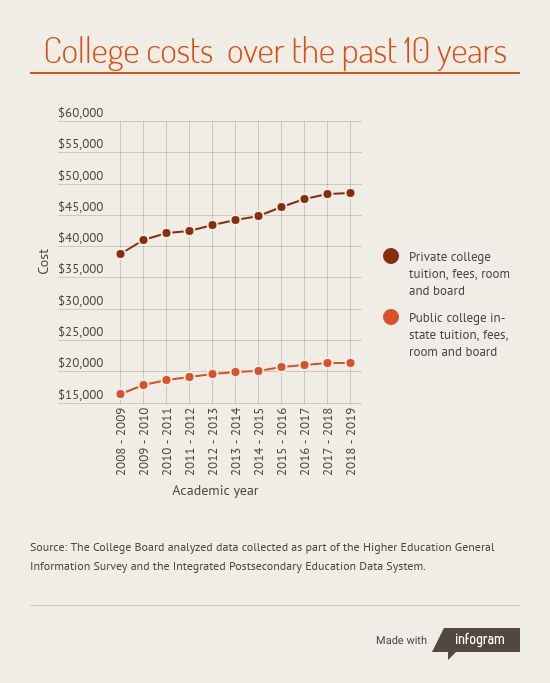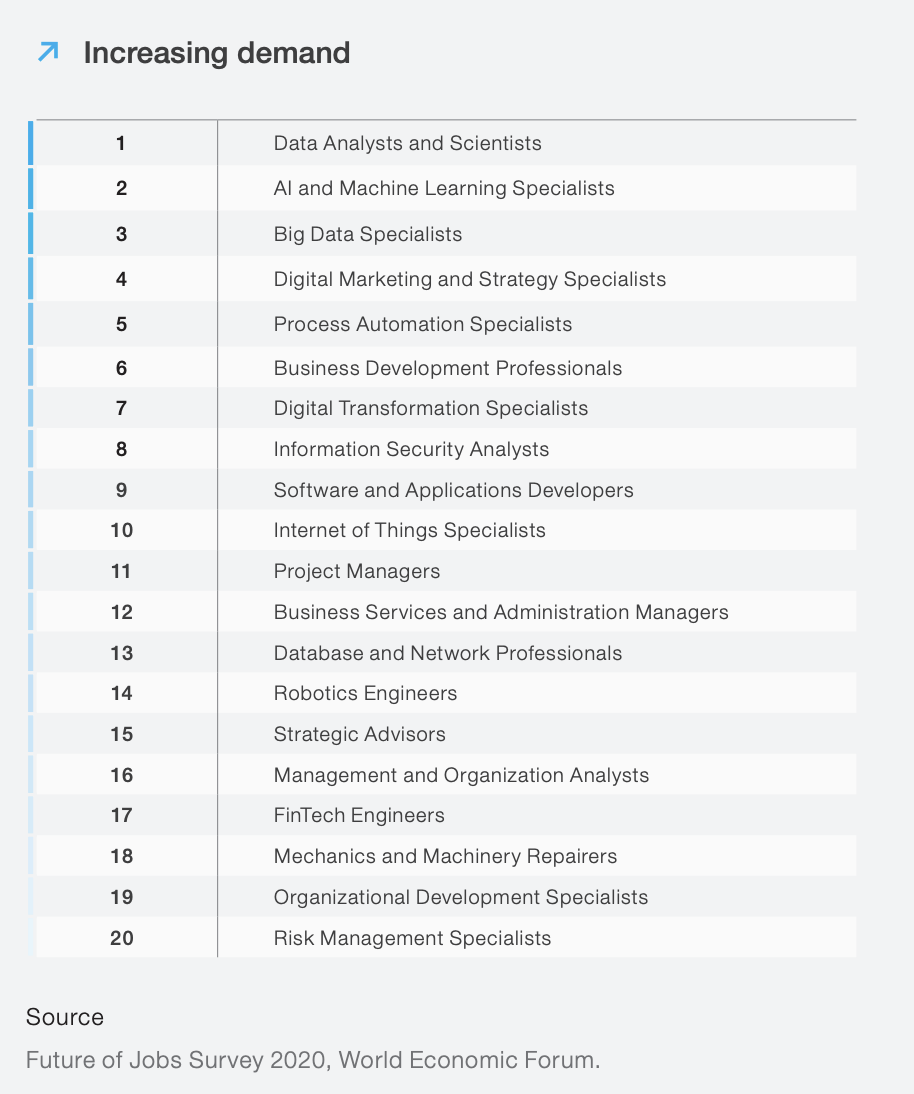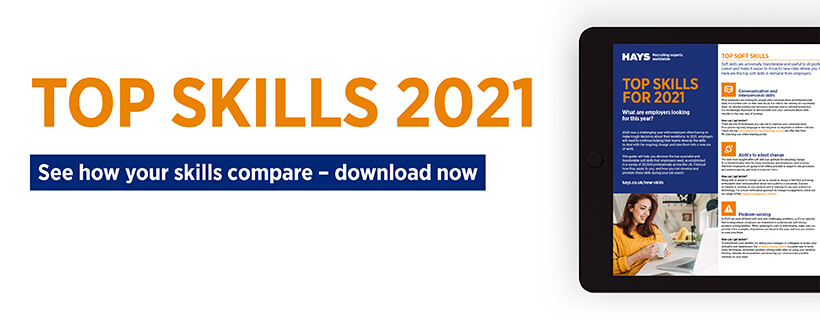Employability:
Mantz Yorke, Employability in Higher Education: What It Is – What It Is Not
A set of achievements, skills, understandings, and personal attributes that make graduates more likely to gain employment and be successful in their chosen occupations, which benefits themselves, the workforce, the community, and the economy.
“Okay, but will it get me a good job?”
It’s the first question on the mind of every prospective student out there.
With good reason.
Connecting the dots from academic degree to viable career has long been a chief concern among proponents of higher learning. Student employability—i.e., the level of workforce preparedness demonstrated by recent graduates—obviously plays a crucial role in university reputation rankings (hello, U.S. News & World Report), and yet the inherent gap between knowledge gained in higher institutions and knowledge necessary to succeed in the workplace continues to widen.
In fact, the stats on said gap are pretty bleak.
A Gallup poll from a few years ago reported 34% of enrolled college students identify as being completely confident in their job-ready training.

Meanwhile, tuition keeps increasing, with a staggering 29.8% jump for public colleges (25.3% for private) between 2009 and 2019 alone.
Clearly, students have every right to question the return on investment earning their degree.
COVID-19 has only compounded the problem. HBR reports startling levels of employment shortage in the aftermath of the pandemic, with an estimated 8.1 million jobs left open, many in technological fields. Such numbers appear to expose a massive imbalance between what’s needed and what’s available among US workers.

How can your institution help turn the tide and position itself as a reliable source of bankable, employable skills?
By shedding old academic prejudices, editing or expanding curricula as needed, and reframing and revitalizing your current offerings.
Sound like a lot? It is. Not to worry, we’ve compiled the three critical steps to employability viability your institution can take right now.
1. Bust the blind trust
Institutions of higher learning tend to think of academia as a rarefied space with singular access to universal truths…
- Unique and uncompromising
- Separate and apart
- Worlds away from the day-to-day workforce
While this may not be entirely incorrect, it can be completely counterintuitive for students seeking a steady paycheck.
InterCoast Colleges warns higher ed can often focus too much on intellectual theory at the expense of hands-on experience. This point is echoed by HBR, which cites an overwhelming divide between what traditional colleges can offer and what employers want:
“There’s a direct disconnect between education and employability, where employers view universities and colleges as the gatekeepers of workforce talent, yet those same institutions aren’t prioritizing job skills and career readiness. This not only hurts employers, but also sets the average American worker up for failure…”
Michael Hansen, CEO of Cengage for HBR
Still, institutions can help override this disconnect—which HBR dubs “the blind trust”—by pushing back against the stigma of applicable education and becoming champions for:
- Adjunct vocational courses,
- In-field training, and
- The pursuit of non-academic careers
Schools can also bust the trust by working to establish a symbiotic relationship with the employment world. Examples of this outreach can include:
- Partnering with employers to develop courses for continued training such as AstraZeneca’s extended course for new graduates, designed to equip young recruits with the necessary skills to seamlessly enter the workforce.
- Collaborating with trade industry leaders to build internship programs for augmented education within specific fields, providing real-life professional experience as well as opportunities for extended networking.
- Hosting network-building seminars or webinars via LinkedIn (or a similar recruiting-based platform) to help students enhance their roster of industry contacts and gather valuable tips on key employability strategies (resume writing, interview prep, etc.).
2. Embrace the 4th Industrial Revolution wave
In 2016, founder and executive chairman of the World Economic Forum (WEF), Klaus Schwab, heralded the coming of a new industrial age: one where technology could be woven effortlessly into our daily lives.
In 2021, it appears this “fourth” industrial wave has arrived.
With a recent WEF survey reporting an estimated 92% of companies “accelerating the digitization of work processes” in the wake of 2020, it’s clear no upcoming grad can afford to slack on technical instruction.

The same WEF report (noted above) flags data analytics, AI, and big data specialists as the top in-demand positions.
Essentially: If your institution doesn’t offer some form of digital training, you’re falling desperately behind.
This shouldn’t come as a huge surprise. Technical proficiency has been high on the list of “most employable traits” for decades, and COVID-19 made the need for a digital workforce even more urgent.
So where do traditional tertiary schools fit in? And how do they capitalize on the industrial fourth wave?
- First…
Spread the word if your school provides digital training—especially in the form of AI, data analysis, IoT, or digital marketing. Make the offerings a focal point of your recruitment and admissions efforts. Be sure your pool of potential students is aware the technical courses are integral to your teachings. Convince prospects they won’t graduate without a workable set of technical tools. - Second…
If your institution doesn’t offer much technical instruction, don’t panic. Instead, investigate complementary tech courses from third-party educators such as edX, Coursera, or Udemy. Platforms like these can partner with your organization to help fill any digital gaps. - Third…
Remember: Digital proficiency hinges on repeated use. If your budget doesn’t allow for new technical courses, encourage existing faculty to employ more technology in class. Tools such as video chat, whiteboard software, and collaborative solutions can provide actionable experience in the digital sphere and be used alongside any subject.
3. Befriend the arts
While trends indicate a need for tech-savvy employees, these findings run parallel with a pressing requirement for emotional intelligence.
A current watchword in both the business and mental health communities, emotional intelligence broadly refers to an individual’s active management of their emotions, along with their ability to recognize and process the emotions displayed by colleagues and friends.
High emotional intelligence quotients inspire more intuitive levels of communication and can help employees self-regulate feelings in times of stress. Today’s employers face a rollercoaster landscape of post-COVID uncertainty and will be on the hunt for emotionally intelligent people to round out their teams.

Case in point: A recent Hays survey of 23,000 professionals suggests* “soft” skills—namely, emotional skills applicable across all fields—account for a majority of employer must-haves in 2021.
(*Source: https://www.hays.co.uk/new-skills)
This checklist includes:
- Interpersonal communication
- Aptitude for change
- Adaptive flexibility
One thing these have in common? They’re not typically developed in left-brained classes.
Today’s employers want emotionally intelligent people on their team.
Though certain tech and STEM-driven courses can no doubt encourage softer traits among students, emotional attributes are traditionally strengthened and refined in the liberal arts classroom. And while some parents rank liberal arts degrees abysmally low on the employability scale, the classes remain uniquely positioned to enhance the student’s capacity for creative and critical thought—and, by extension, their emotional intelligence.
For more concrete examples, consider the following types of courses and their respective interpersonal and intrapersonal advantages:
- Art history – Allows students to absorb longstanding chromatic and cultural symbols, while acquainting them with the intricacies of body language and facial expression.
- Literature – Introduces class members to standard tropes of narrative and character, and requires them to analyze vocabulary, syntax, rhythm, and prose to uncover deeper levels of meaning in written communication.
- Music — Teaches basic principles of collaboration and encourages responsive interaction among teammates. It also demands students pay attention to visual, verbal, mathematical, and auditory cues.
Maligned as they may be in our tech-dominant world, these fields (and similar fields) provide essential building blocks for success in the 21st-century workforce.
If the arts are a featured part of your institutional curricula, don’t ignore them. Focus instead on the immense benefits the humanities can offer as students begin to navigate their careers.
Your employability syllabus recap
Cultivating employability at an institution of tertiary learning is hard. Persuading prospects a traditional degree can land them a job might be even harder.
To bridge the practical and mental divide between academia and the real world:
- Stop thinking of education and employment as dueling forces. Start reaching out to employers to see how you can better train your students for post-graduation success.
- Play up your digital/technological course offerings wherever possible. If you don’t have many available, seek a partner to augment your digital curriculum.
- Don’t downplay the liberal arts. Emphasize how arts disciplines can fortify emotional intelligence, transforming students into more receptive team players.







